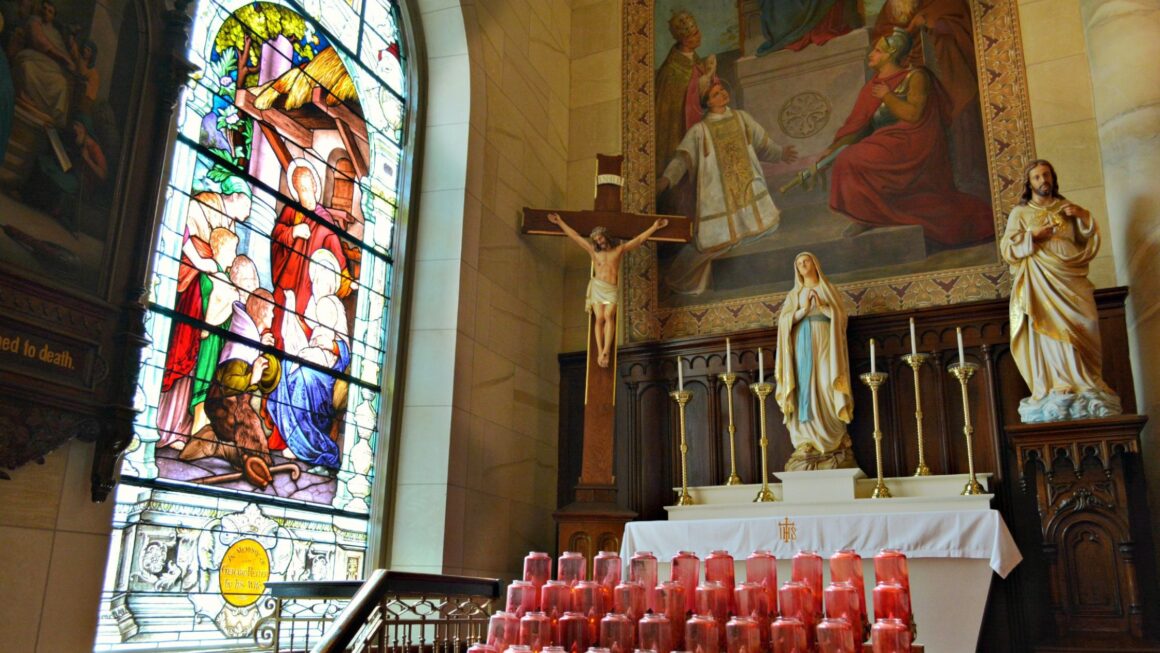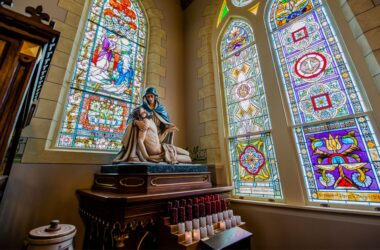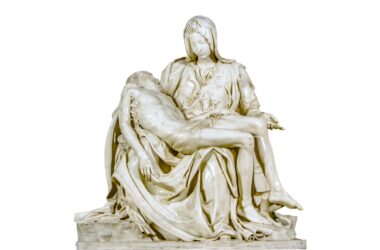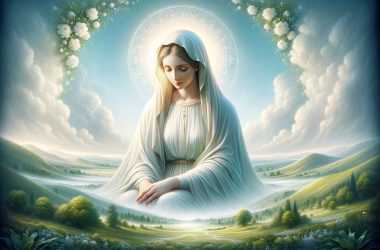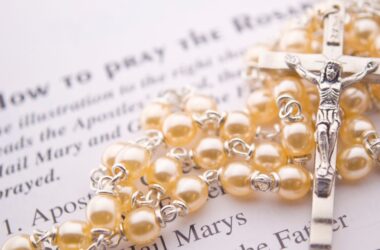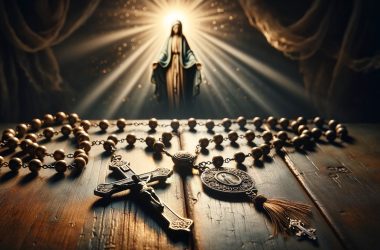Why do Catholic Churches have images and statues, isn’t this against the second commandment?
The second commandment, as stated in Exodus 20:7, is “You shall not take the name of the LORD your God in vain, for the LORD will not hold him guiltless who takes His name in vain.” This commandment is often misunderstood to prohibit the making of images. However, the commandment is against idolatry, not the creation of images. In Exodus 20:4-5, God says, “You shall not make for yourself a carved image, or any likeness of anything that is in heaven above, or that is in the earth beneath, or that is in the water under the earth. You shall not bow down to them or serve them.” The key point here is that God forbids the worship of images, not their creation.
In fact, in Exodus 25:18, God instructs the Israelites to make images of cherubim for the Ark of the Covenant: “And you shall make two cherubim of gold; of hammered work shall you make them, on the two ends of the mercy seat.” This clearly shows that God does not prohibit the making of images, but rather the worship of them as gods.
Are there idols in Catholic Churches?
An idol is an image or representation that is worshipped as a god. In Catholic Churches, you will find images and statues, but these are not worshipped as gods. They serve as visual aids to help the faithful focus their prayers and meditations. As stated in the Catechism of the Catholic Church (2132), “The Christian veneration of images is not contrary to the first commandment which proscribes idols. Indeed, ‘the honor rendered to an image passes to its prototype,’ and ‘whoever venerates an image venerates the person portrayed in it.'”
Do Catholics worship plaster statues?
Catholics do not worship statues. The statues in Catholic Churches are representations of Jesus, Mary, and the saints, and they serve as reminders of these holy individuals. When Catholics kneel before a statue to pray, they are not praying to the statue, but to the person the statue represents. This is similar to how one might kiss a photograph of a loved one; the act is not about the photograph itself, but the person it represents.
Why do Catholics raise their hats when passing a Church but not when passing statues in a shop window?
When a Catholic raises his hat when passing a Church, it is an act of reverence for the Real Presence of Christ in the Eucharist, not for the statues or images in the Church. The Eucharist, according to Catholic belief, is the Body, Blood, Soul, and Divinity of Jesus Christ (CCC 1374). Statues in a shop window, while they may represent holy individuals, do not contain the Real Presence of Christ.
Did the Catholic Church remove the second commandment?
The Catholic Church did not remove the second commandment. The division and numbering of the commandments differ between religious traditions, but all the commandments are present in both the Catholic and Protestant traditions. The Catholic Church follows the division of the commandments as enumerated by St. Augustine in the 5th century, which combines the commandments about having no other gods and not making graven images into one commandment and separates the commandments about coveting into two. The Protestant tradition, following a different early division, separates the commandments about having no other gods and not making graven images into two commandments and combines the commandments about coveting into one.
Please consider supporting us with a PayPal donation
Is the Catholic Catechism different from the Protestant Bible in terms of the commandments?
The Catholic Catechism and the Protestant Bible both contain the same ten commandments, but they are numbered differently. The Catholic Catechism follows the tradition of St. Augustine in combining the commandments about having no other gods and not making graven images into one commandment, and separating the commandments about coveting into two. The Protestant tradition separates the commandments about having no other gods and not making graven images into two commandments, and combines the commandments about coveting into one.
Does the Catholic Church violate the text of Scripture by changing the commandments?
The Catholic Church does not violate the text of Scripture by presenting the commandments in a different order. The substance of the commandments remains the same. The division and numbering of the commandments is a matter of tradition and interpretation, not a change in the commandments themselves. The original Hebrew text of the Ten Commandments, as found in Exodus 20 and Deuteronomy 5, does not number the commandments. The numbering was added later by different religious traditions for ease of reference and teaching.
Why are images and statues important in Catholic worship?
Images and statues play an important role in Catholic worship as aids to devotion. They serve as visual reminders of the truths of the faith. Catholics do not worship images or statues, they venerate the people they represent. This is based on the Incarnation of Jesus Christ, God becoming man, which affirms the goodness of the material world and the human body. As stated in the Catechism of the Catholic Church (2141), “The veneration of sacred images is based on the mystery of the Incarnation of the Word of God. It is not contrary to the first commandment.”




